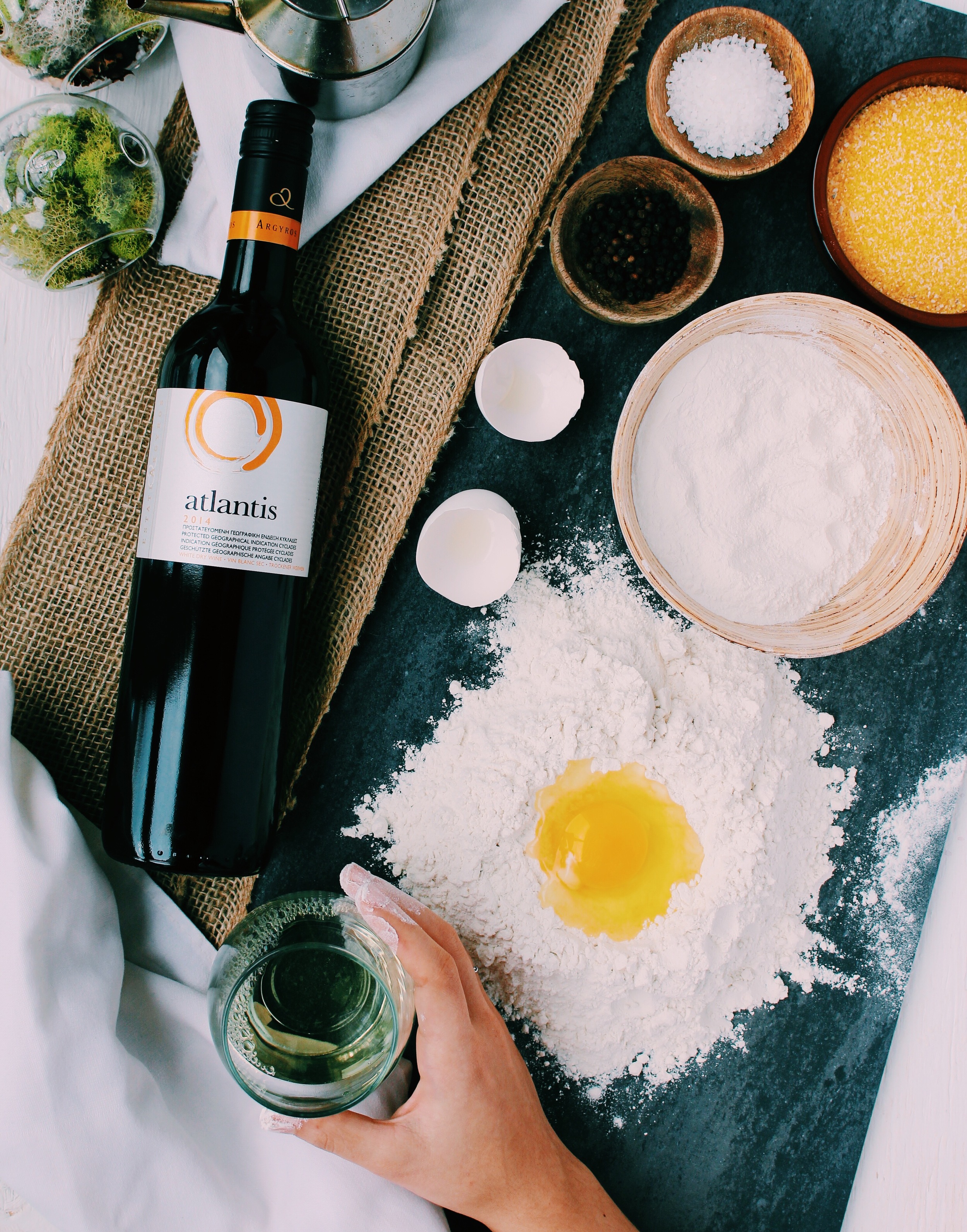Bottoms up: A wine primer

The thought of being a wine connoisseur is enough to conjure up images of highfalutin, snobbish people mumbling fancy jargon. Having to choose a wine in a fine restaurant can make some nervous. It hasn’t helped that there are enough ‘rules’ and myths about wine that can make many people feel a little intimidated. But you can get to know wine pretty well.
The senses are very important in appreciating any wine. What is its color like? If it is a white wine, is clear or hazy or opaque? What does it smell like? Does it smell like flowers, fruits, wood? What does it taste like? Can you pick up caramel, or citrus, or strawberry? How does it feel in your mouth? Is it smooth or bold or coarse? Don't worry of you if you don't can't pick up any of these initially - like anything else, it take practice to perfect.
Most basic white table wines would be considered 'dry' because they are fermented until all the sugars were converted to alcohol - making it dry. Examples of these would include the Chardonnay, Pinot Grigio and Sauvignon Blanc. Some wines, like those made from the Chenin Blanc grapes might be considered 'off dry' because they have some residual sweetness to them, but not enough to make them a dessert wine. The sweetness of a wine can also be affected by the ripeness of the grape and the presence of flavors verging on buttery or vanilla. California Chardonnays and wines from the Loire Valley, Alsace, Germany and Austria tend to be slightly sweeter.
Apart from dessert wines such as port, most red table wines are completely dry. Examples would be the Cabernet Sauvignon, Bordeaux, Merlot, Pinot Noir, and Syrah. Note that naturally occurring compounds in wines called tannins might have the effect of making you mouth feel dry, but that does not make a wine dry. Tannins are a function of texture, and dryness a function of taste (sweetness, or the lack thereof).
In fine restaurants, after you select your wine, the sommelier will bring you your wine and pour you a little bit. Swirl it around first, then sniff it deeply, taking note of the aromas. This is called the 'nose. Then taste it. Take a nice, healthy sip and move it around in your mouth for a few seconds before swallowing it. Remember that you taste different flavors in different areas of your tongue. If you like it, the sommelier will serve your party.
As the French say, "A votre santé!" Enjoy.






